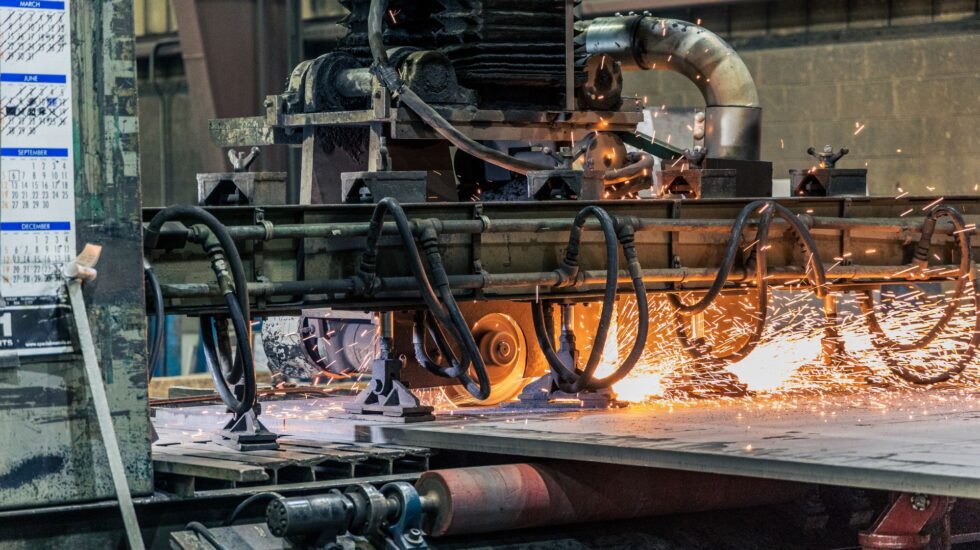When it comes to automation, technological uncertainties often arise when trying to advance the state of technology beyond what is currently available or understood.
In the ever-evolving landscape of automation, the pursuit of technological advancement is both exciting and challenging. As we strive to push the boundaries of what is currently known and understood, uncertainties emerge across various facets of automation. From adaptability and integration challenges to complex decision-making and ethical considerations, these uncertainties serve as milestones on the path to innovation.
Let us investigate specific technological uncertainties in automation, shedding light on the intricate issues faced and how addressing these uncertainties not only propels technological progress but also opens avenues for companies to potentially qualify for Scientific Research and Experimental Development (SR&ED) tax credits—an enticing prospect for those at the forefront of pushing the technological envelope.
Technological uncertainties within the realm of automation:
Adaptability and flexibility: An automated system’s capability to adjust to environmental changes, particularly unforeseen ones, without human intervention is crucial. This encompasses adapting to altered product designs in manufacturing, fluctuating market demands, or unpredictable physical surroundings in robotics.
Integration of legacy systems: Numerous industries operate with older legacy systems that were not initially designed to align with modern automated technologies. Achieving seamless integration with these systems poses a challenge for new automation technologies.
Sensing and perception: Accurately perceiving the environment poses a significant challenge for robots, drones, and other automated systems.
Decision making: Automation often necessitates split-second decision-making grounded in intricate data inputs. The challenge lies in enabling a system to make these decisions optimally and safely.
Learning and adaptation: Many modern automation systems incorporate machine learning to adapt to their environments. There’s uncertainty in how best to design these systems for rapid, yet reliable, learning, especially in dynamic environments.
Human-machine collaboration: As automation becomes more prevalent, humans and machines will need to work together. This introduces uncertainties about the best ways to design these collaborations, ensuring safety, efficiency, and intuitiveness.
Security: With the increase in automation and connected devices (IoT), there’s a heightened risk of cyber-attacks. Ensuring the resilience of these systems against such threats is a critical consideration.
Standardization and interoperability: As automation technologies emerge, there’s uncertainty about which standards will become dominant and how to ensure interoperability between different systems and devices.
Ethical considerations: As automation systems make more decisions, there are uncertainties related to the ethical considerations of those decisions, especially when AI is involved.
If your company is working on automation projects that seek to address technological uncertainties, you could potentially be eligible for SR&ED tax credits. However, it’s essential to note that merely developing or customizing an existing solution won’t necessarily qualify. The efforts must represent a genuine attempt to push technological boundaries and must involve systematic investigation or research in the field of science or technology.
Contact us today to find out if you are eligible!
Contact us today!
One of our experts will be in touch shortly.














No Comments